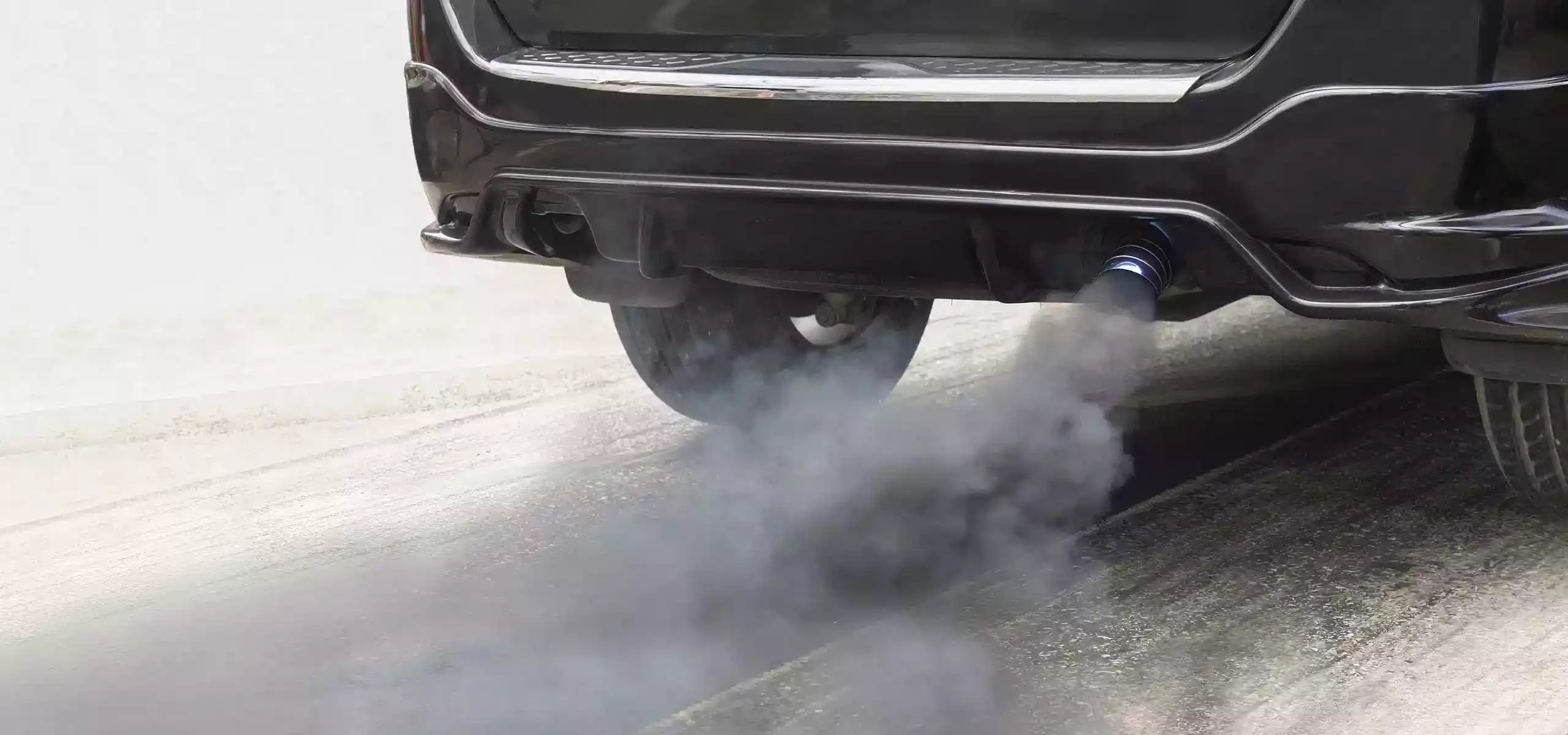
Based on 2022 data from the International Energy Agency, the transport sector is the second-largest source of carbon emissions, following electricity and heat producers.
Within the transport sector, road vehicles (cars, buses, and trucks) are by far the largest source of emissions.
The rapid growth of road vehicles in Zimbabwe has become a threat to the environment itself. With exhaust pipes releasing carbon dioxide into the atmosphere, climate change knocks on our doorstep.
When an internal combustion engine vehicle (ICEV) is running, it releases around 18 to 26 kg of carbon dioxide per 100km when it runs on petrol and 21 to 26 kg of carbon dioxide per 100km when it runs on diesel.
This is because approximately 2.3 kg of carbon dioxide is produced per liter of petrol, and 2.7 kg of carbon dioxide is produced per liter of diesel fuel.
- Why hybrids might be the best option for Zimbabwe
Going green is the goal for every country with stable amounts of carbon dioxide in the atmosphere. This is achievable through the use of electric vehicles (EVs), which do not use petrol or diesel but run solely on power from electric motors and batteries.
This technology is ideal because electric vehicles do not use an exhaust, hence they emit 0 kg of carbon dioxide into the atmosphere.
However, this level of technology requires a lot of changes to be made so that it can run smoothly with challenges. This is because electric vehicles need their own power stations that charge vehicles just like a fuel station to an internal combustion engine vehicle.
- COP26 a washout? Don’t lose hope – here’s why
- Out & about: Bright sheds light on Vic Falls Carnival
- COP26 a washout? Don’t lose hope – here’s why
- Out & about: Bright sheds light on Vic Falls Carnival
Keep Reading
These charging docks require lots of capital to install, hence a complete trsansition from internal combustion engine vehicles to electric vehicles might be a hustle in Zimbabwe.
This is where mild hybrid vehicles (MHEVs) come into play. These are vehicles that have smaller electric motors and batteries to aid an internal combustion vehicle to be fuel efficient, enable smooth power flow, and, most importantly, reduce the amount of carbon dioxide emissions.
Mild hybrid vehicles charge their batteries through regenerative braking. Regenerative braking is a system in electric and hybrid vehicles that converts the vehicle's kinetic energy into electrical energy when slowing down, rather than wasting it as heat through traditional friction brakes.
It means that a mild hybrid vehicle charges on its own without the need for a charging dock, which not only saves time but also the money for charging dock installation. This is done to reduce the amount of carbon dioxide emissions, which then causes climate change.
This brings me to a justification of the 10-year vehicle import ban policy because it strategically does away with older internal combustion engine vehicles, whilst paving the way for newer mild hybrid vehicles, for example, Honda Fit Hybrid, Nissan Note Hybrid, Toyota Corolla Hybrid, which are popular in Zimbabwe.











